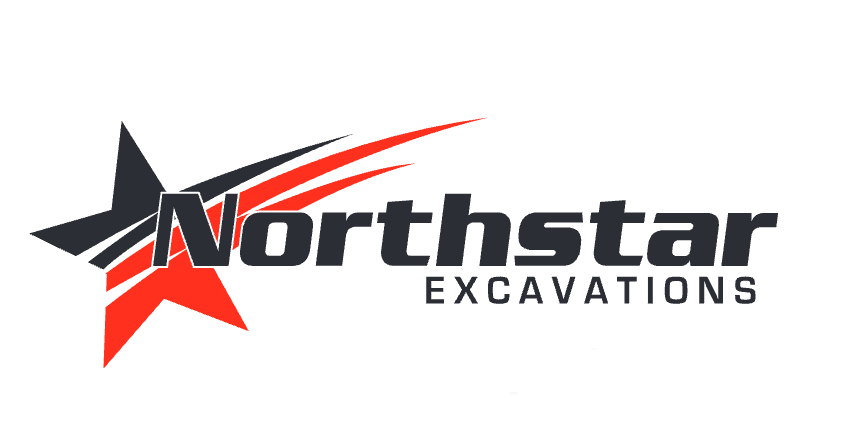Land Clearing in the Northern Rivers
- Free on-site quotes available
- Over 20 years’ experience
- Tailored earthworks for properties
Enquire Today
Thank you for contacting Northstar Excavations.
We will get back to you as soon as possible.
Oops, there was an error sending your message.
Please try again later.
Northern Rivers Land Clearing
Overgrown properties can quickly become a hazard, whether due to fire risk, poor access, or simply a lack of usable space. At Northstar Excavations, we specialise in clearing heavy vegetation, creating reliable fire breaks, and mulching overgrowth to help reclaim and protect land across the Northern Rivers.
Based in Alstonville, we work throughout Ballina, Lismore, Yamba, Mullumbimby, and beyond, using the right equipment and techniques to get the job done without making a mess of the surrounding land. Our land clearing service is all about opening things up while leaving your property in better shape than when we arrived.
If your block is hard to access or needs clearing before it can be safely used, we’re here to help. Call
0438 899 438
to book your free on-site quote.
Clearing Land & Improving Access
We clear everything from thick lantana and regrowth to fallen trees and scrub that’s built up over time. Every job is different, so we tailor our approach to suit your land, whether you're after complete clearing or strategic mulching to create access tracks and reduce fuel loads.
Our equipment allows us to cover everything from smaller lifestyle blocks to larger rural properties. We always aim to mulch material on-site where possible, reducing the need for removal and keeping things more sustainable and efficient.
If you’re preparing for a project, improving property access, or lowering fire risk, we’ve got the right gear and experience to get it sorted. Reach out today and let’s get started.
FAQS
What is the best method for land clearing?
The best method depends on your property, vegetation type, and what you plan to do with the land. Mechanical mulching is popular for general clearing because it turns vegetation into mulch on the spot, saving time and disposal costs. In bushfire-prone areas, selective clearing and creating fire breaks are often recommended. For construction, more precise clearing and grading may be needed to prepare for earthworks or building pads. It’s best to consult a contractor who can assess your block and recommend a tailored approach.
How wide should a fire break be?
The recommended width of a fire break varies by region and land type. Generally, a fire break should be at least 3 metres wide, but larger rural blocks may require up to 10 metres or more, depending on local fire management guidelines. The goal is to create a cleared strip of land to help slow or stop the spread of fire while providing access to firefighting equipment. Always check with your local Rural Fire Service or council for specific recommendations in your area.
What happens to the vegetation after mulching?
When overgrowth is mulched, it’s broken down into fine material and left on-site. This mulch acts as ground cover, helping to suppress weed regrowth, retain soil moisture, and reduce erosion. It’s an environmentally friendly way to manage cleared vegetation because there’s no need to haul it away or burn it. Over time, the mulch breaks down and returns nutrients to the soil, improving overall land health.






